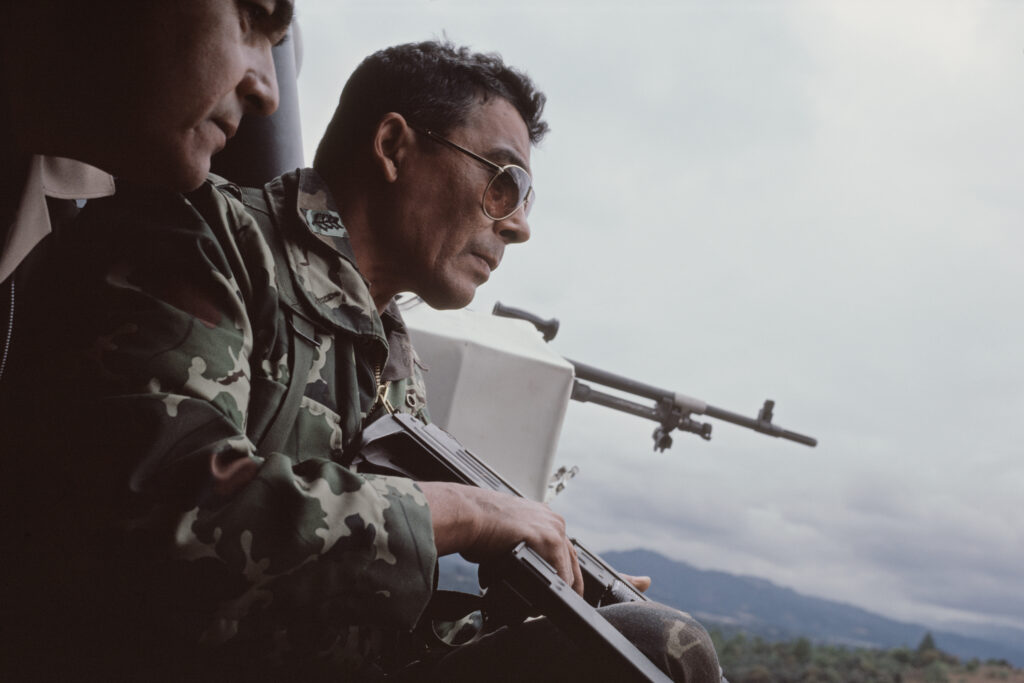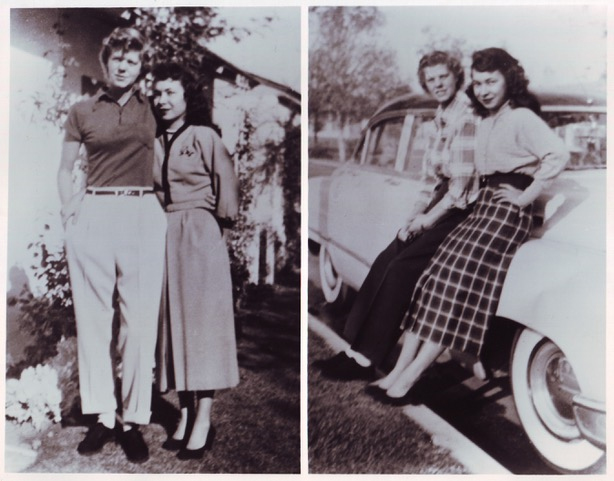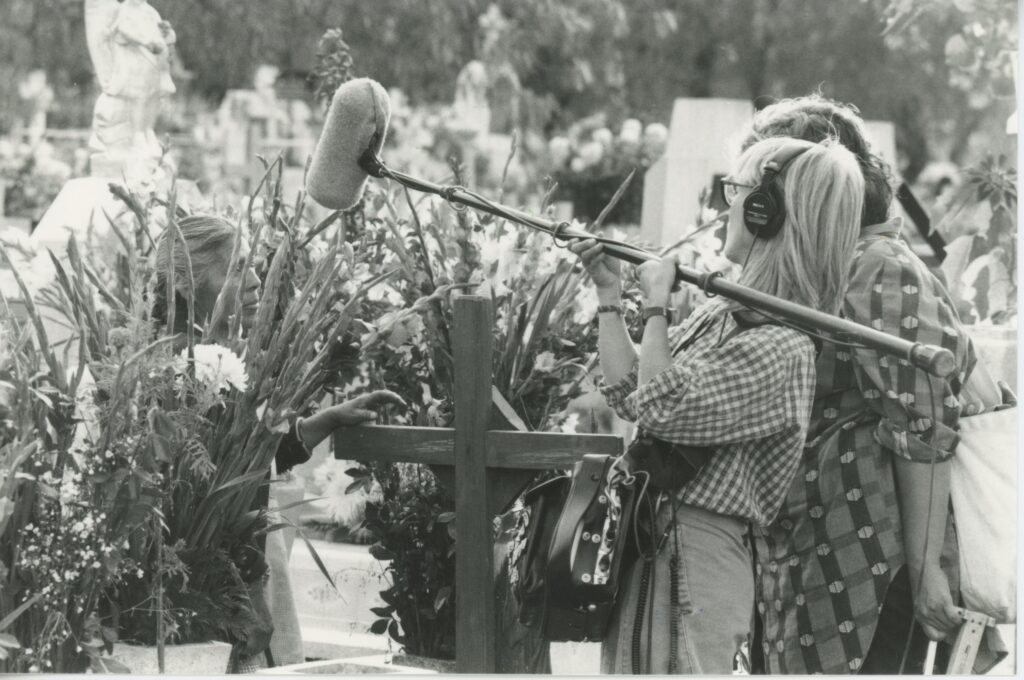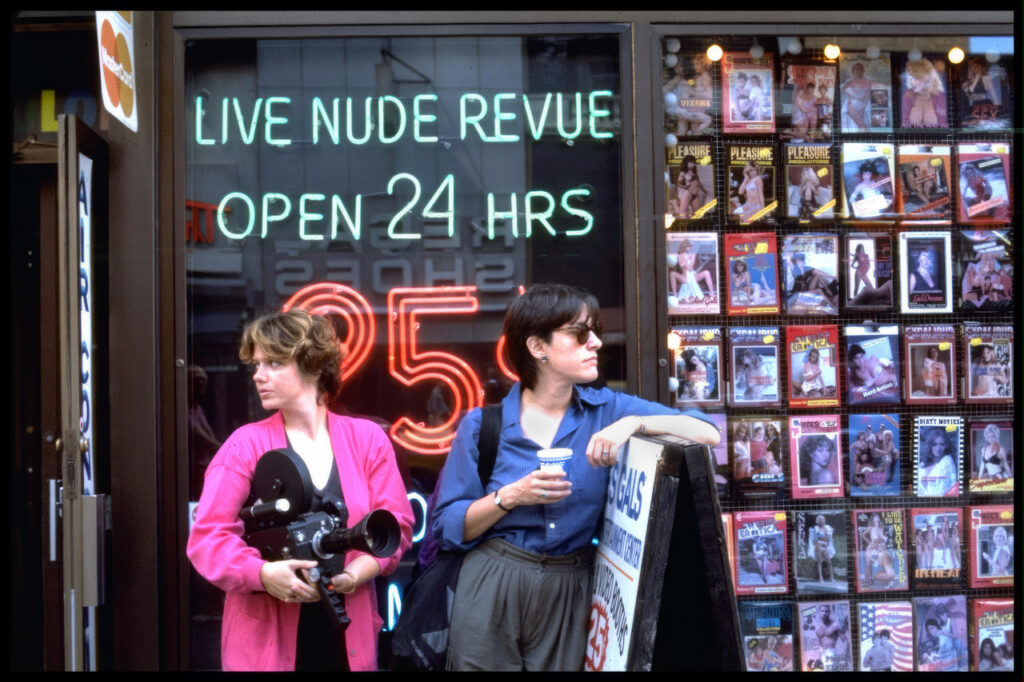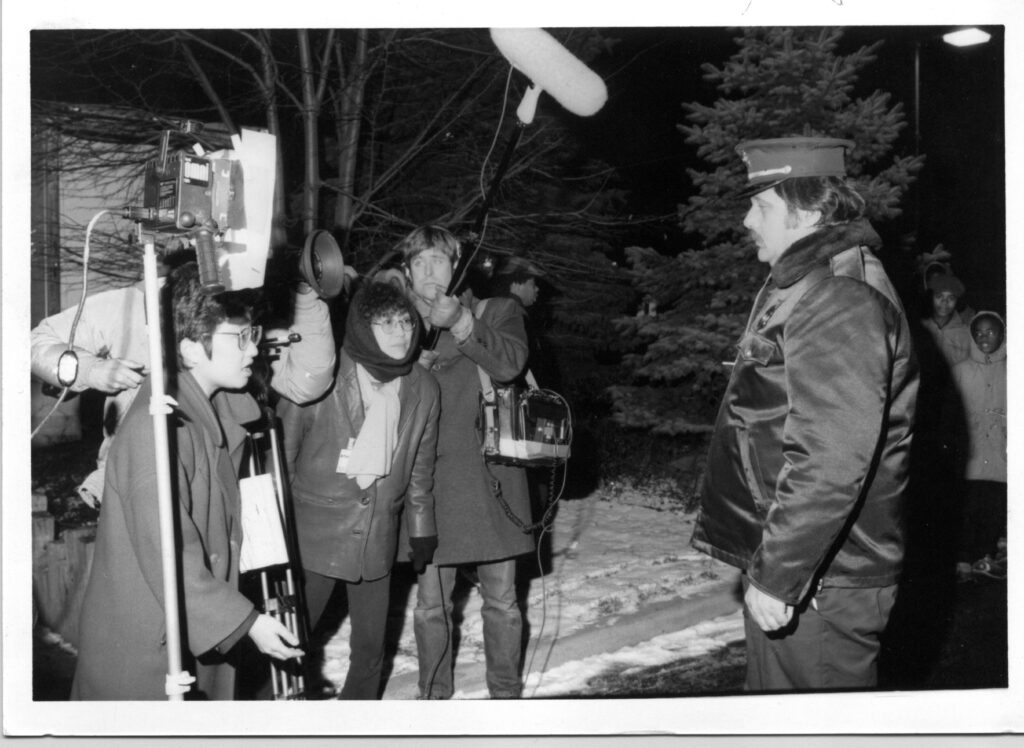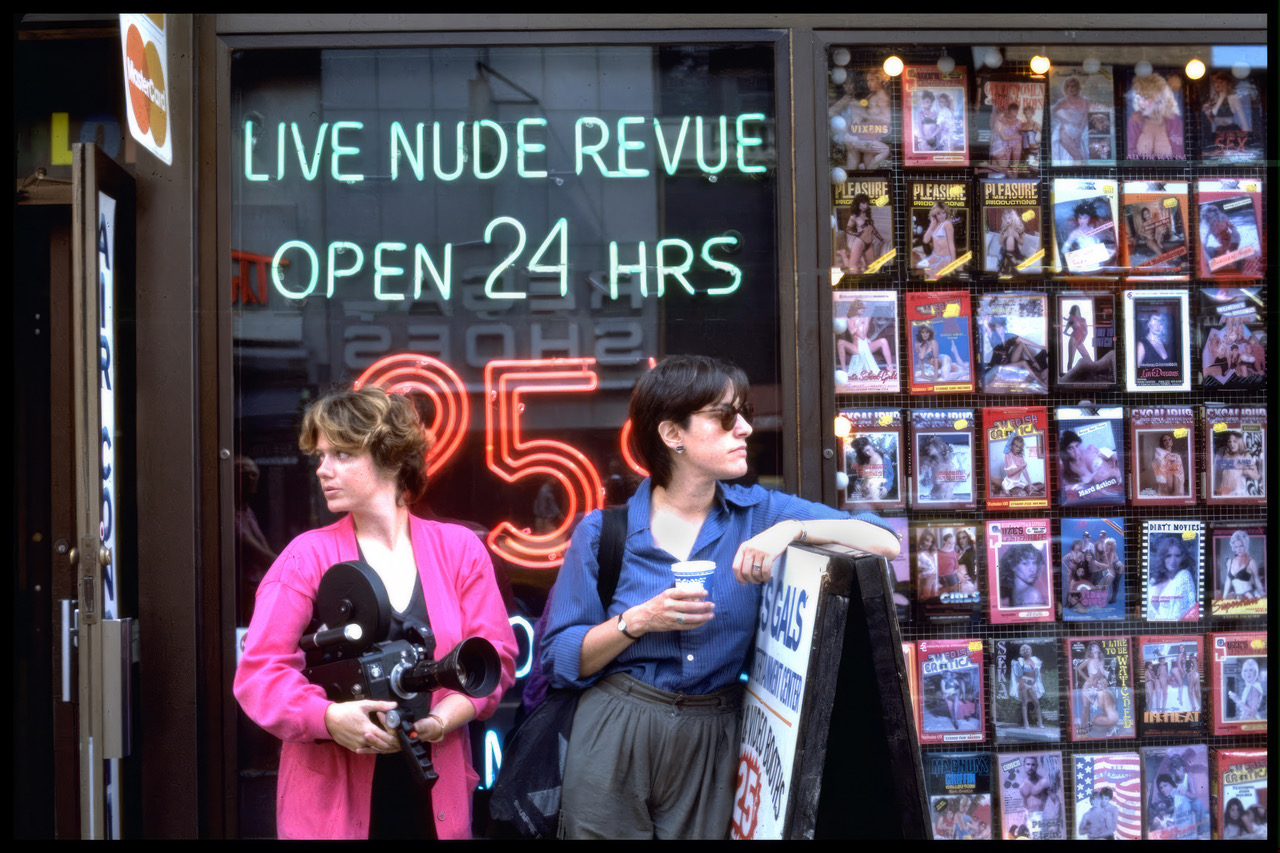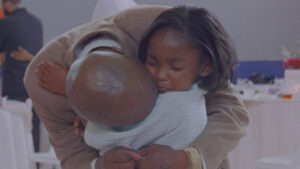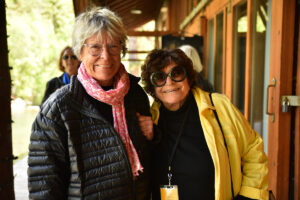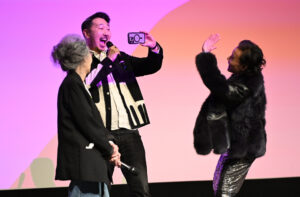Paula de Koenigsberg and Lucy Winer in front of a porn shop while filming Rate It X.
By Bedatri D. Choudhury
A documentary producer friend once said budgets are moral documents; they are records of what we stand for, what we look out for, and the kind of stories we set out to tell. As I sat scouring through the Sundance Film Festival’s older catalogs, I realized film festival lineups, too, are moral documents. They tell us about the artists film festivals choose to champion, whose stories they value, and the efforts they will put in to ensure that these stories are seen, heard, and discussed among as many people as possible.
This year marks 40 years since the Sundance Film Festival started fostering documentary storytellers and to celebrate I treated myself to the Festival’s catalogs from the 1980s. What jumped out at me were names of women — lesbians, immigrants, activists — all of whom decided to pick up a story, collaborate with more women, and not give up till it was told the way exactly they wanted it told.
Pamela Yates’ When the Mountains Tremble won the Special Jury Award in 1983 (The film played at an earlier iteration of the Sundance Film Festival. The Festival, in its present form, debuted in 1985); Greta Schiller’s Before Stonewall played at the Festival in 1985; Susana Blaustein Muñoz and Lourdes Portillo’s Las madres de la Plaza de Mayo premiered in 1986 and was nominated for an Oscar the following year; Lucy Winer, Paula De Koenigsberg’s Rate It X premiered in 1986; Christine Choy and Renee Tajima-Pena’s Who Killed Vincent Chin? premiered in 1989 before bagging an Oscar nom; and then Lourdes Portillo and Susana Blaustein Muñoz were back with La Ofrenda: The Days of the Dead in 1989.
These films were independent not just in spirit, but also in their budgets and ambitions.
When I first visited the Festival in 2020, as a part of the Festival’s Press Inclusion Initiative Fellow, I found warm refuges in the Asian American Documentary Network house and among my peers from Brown Girls Doc Mafia. I didn’t realize that I owed it all to these women and the ones that came after.
To celebrate these momentous four decades, I caught up with some of them.
Click on the names below to read our interviews with these filmmakers.
